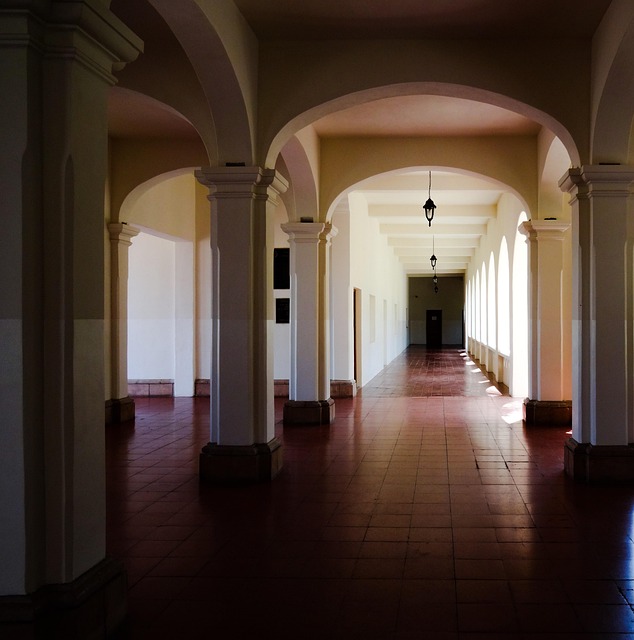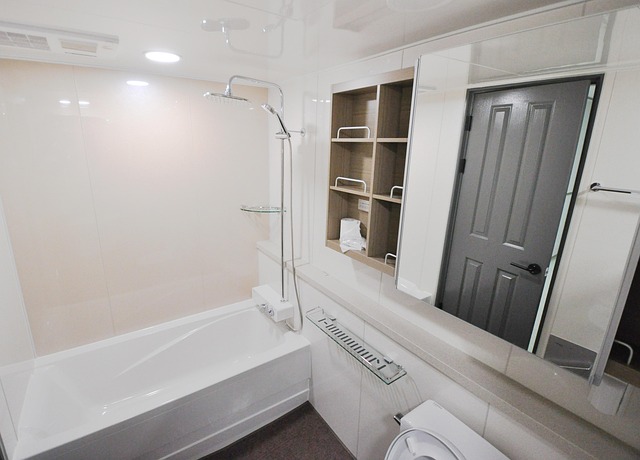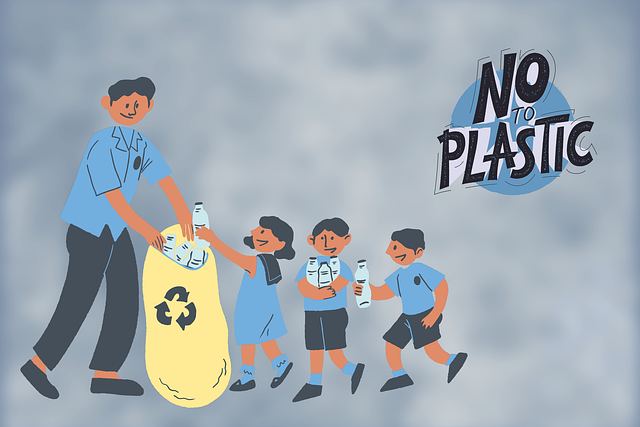Educational institutions can lead by example in sustainability by implementing eco-friendly toilet installations, known as sustainable restroom solutions for schools and universities. These solutions reduce water and energy consumption, promote environmental consciousness, and serve as learning tools for students. By following a step-by-step guide, schools can create green restrooms that optimize product selection, waste management, lighting, ventilation, and water conservation, contributing to a healthier planet.
Educational institutions play a vital role in shaping our future, and their commitment to sustainability is more important than ever. Integrating green toilet installations can significantly contribute to this goal. This article explores the profound impact of restroom design on environmental stewardship, highlighting the benefits of eco-friendly toilets in schools and universities. We provide a comprehensive guide on implementing sustainable restroom solutions, offering a step-by-step approach for institutions aiming to reduce their ecological footprint.
- Understanding the Impact of Restroom Design on Sustainability
- Benefits of Eco-Friendly Toilets in Educational Settings
- Implementing Green Restroom Solutions: A Step-by-Step Guide
Understanding the Impact of Restroom Design on Sustainability

The design and management of restrooms in educational institutions play a significant role in promoting sustainability and environmental awareness among students and staff. Sustainable restroom solutions for schools and universities go beyond basic eco-friendly fixtures; they involve integrating smart technologies and implementing efficient systems that minimize water and energy consumption. For instance, installing smart meters in school restroom systems can track usage patterns, enabling better resource management and reducing waste.
Furthermore, educating users about sustainable practices through restroom education programs is vital. Simple acts like encouraging handwashing with cold water, proper toilet flushing techniques, and responsible paper towel use can significantly cut down on water and energy usage. By combining these efforts with efficient plumbing designs and promoting eco-conscious behaviors, educational institutions can contribute to a greener planet while setting examples for future generations. Visit us at irrigation systems anytime to explore more innovative sustainable restroom solutions.
Benefits of Eco-Friendly Toilets in Educational Settings

Educational institutions play a vital role in shaping young minds and fostering sustainable practices for the future. Implementing eco-friendly toilet installations is one powerful way to integrate sustainability into school environments, offering numerous advantages for both students and the planet. These green restroom solutions go beyond basic functionality; they serve as learning tools, promoting environmental consciousness from an early age.
By adopting sustainable restroom systems, schools can significantly reduce their water consumption and carbon footprint. Modern eco-toilets are designed to conserve water with innovative technologies, ensuring efficient flushing while minimizing waste. Moreover, these installations often utilize renewable energy sources for heating and cleaning processes, contributing to overall school sustainability initiatives. Restroom design that prioritizes student well-being, comfort, and accessibility can create a positive experience, encouraging good hygiene practices and fostering a sense of respect for the environment. Give us a call at School Restroom Products to explore how we can help bring these green building solutions to your educational institution.
Implementing Green Restroom Solutions: A Step-by-Step Guide

Implementing Green Restroom Solutions: A Step-by-Step Guide
1. Assess Current Restroom Practices: Begin by evaluating the current state of restrooms in educational institutions. Identify areas for improvement, such as water and energy consumption, waste management, and product selection. This initial survey will help tailor sustainable restroom solutions for schools and universities.
2. Educate Stakeholders and Students: Launch awareness campaigns to engage students and faculty. Educating everyone about the benefits of green cleaning and sustainable restroom upgrades is vital. Highlighting these eco-friendly practices can foster a sense of responsibility and encourage active participation in the transition towards more environmentally conscious spaces.
3. Choose Eco-Friendly Products: Opt for low-flow fixtures, such as water-efficient toilets and faucets, to reduce water consumption. Select biodegradable and non-toxic cleaning products to minimize environmental impact. Additionally, consider implementing paperless hand dryers to cut down on waste generation.
4. Optimize Lighting and Ventilation: Upgrade to energy-efficient lighting systems that utilize LED technology. Ensure proper ventilation to maintain indoor air quality, reducing the need for excessive air conditioning. These sustainable restroom upgrades not only save costs but also contribute to a healthier learning environment.
5. Promote Water Conservation: Implement water-saving strategies like adding water displacement devices to toilets or adopting dual-flush systems. Encourage students and faculty to practice responsible water usage through simple reminders and educational initiatives.
6. Monitor and Maintain: Regularly inspect installations, ensuring all equipment functions optimally. Foster a culture of green cleaning by providing training and resources for maintenance staff. Consistent monitoring ensures the sustainability efforts remain effective over time.
Educational institutions play a vital role in fostering sustainability awareness among students. By adopting green toilet installations, schools and universities can contribute significantly to sustainable restroom solutions. The benefits are twofold: not only do eco-friendly toilets reduce environmental impact but they also educate students about the importance of conservation. Following the step-by-step guide provided, institutions can effectively implement these changes, paving the way for a more environmentally conscious future.






